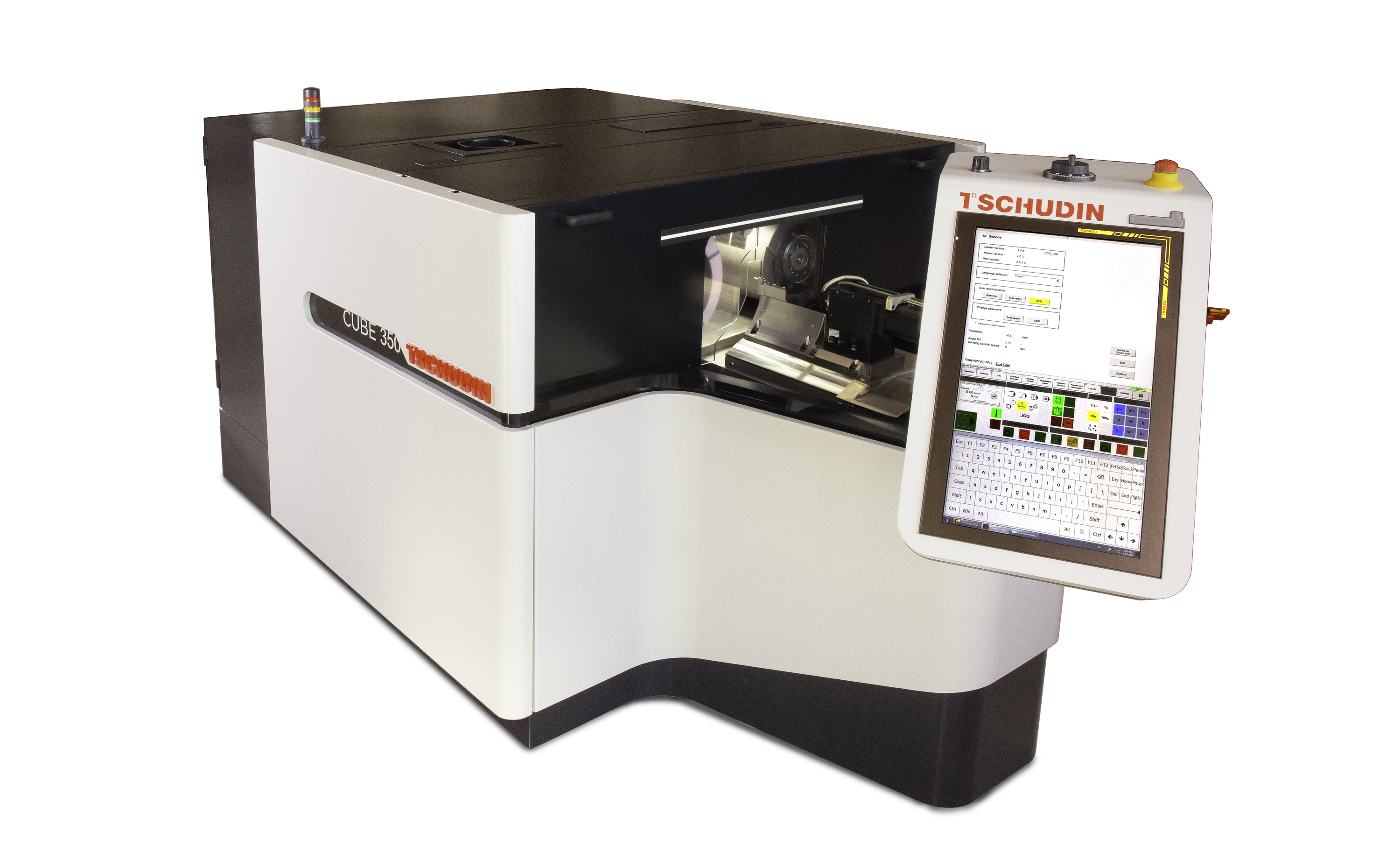
The Swiss grinding experts from Tschudin are presenting what they say is a world first: a grinding machine with perfect heat transfer.
"We have been working consistently for three decades to reduce the heat transfer of our machines to a minimum. With the completely new grinding and regulating spindles made of carbon, we have now put the final piece of the puzzle in place. The CUBE 350 centerless external cylindrical grinding
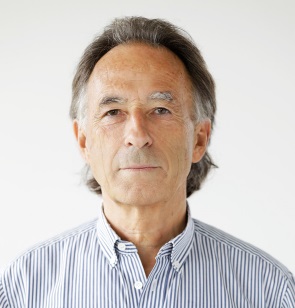
machine is the first grinding machine without heat transfer," explains Urs Tschudin, shareholder of TSCHUDIN AG. "With this spindle concept, we are underpinning our status as an innovator and offering our customers a new dimension of accuracy and removal rate."
Numerous advantages
The advantages are obvious: by minimizing the heat cycle, production with consistently high accuracy is guaranteed at all times. A time-consuming warm-up of the machine, for example on a Monday morning after the weekend, is no longer necessary. "Even if the machine stands still for a weekend, it can produce immediately within a maximum dimensional deviation of 1 μm," said Urs Tschudin. What's more, all parts can be produced to the exact dimensions, even with multi-track grinding - the grinding wheel and regulating wheel remain parallel because thermal displacement is prevented. This allows the CUBE 350 to work autonomously for a very long time as well as unmanned shifts.
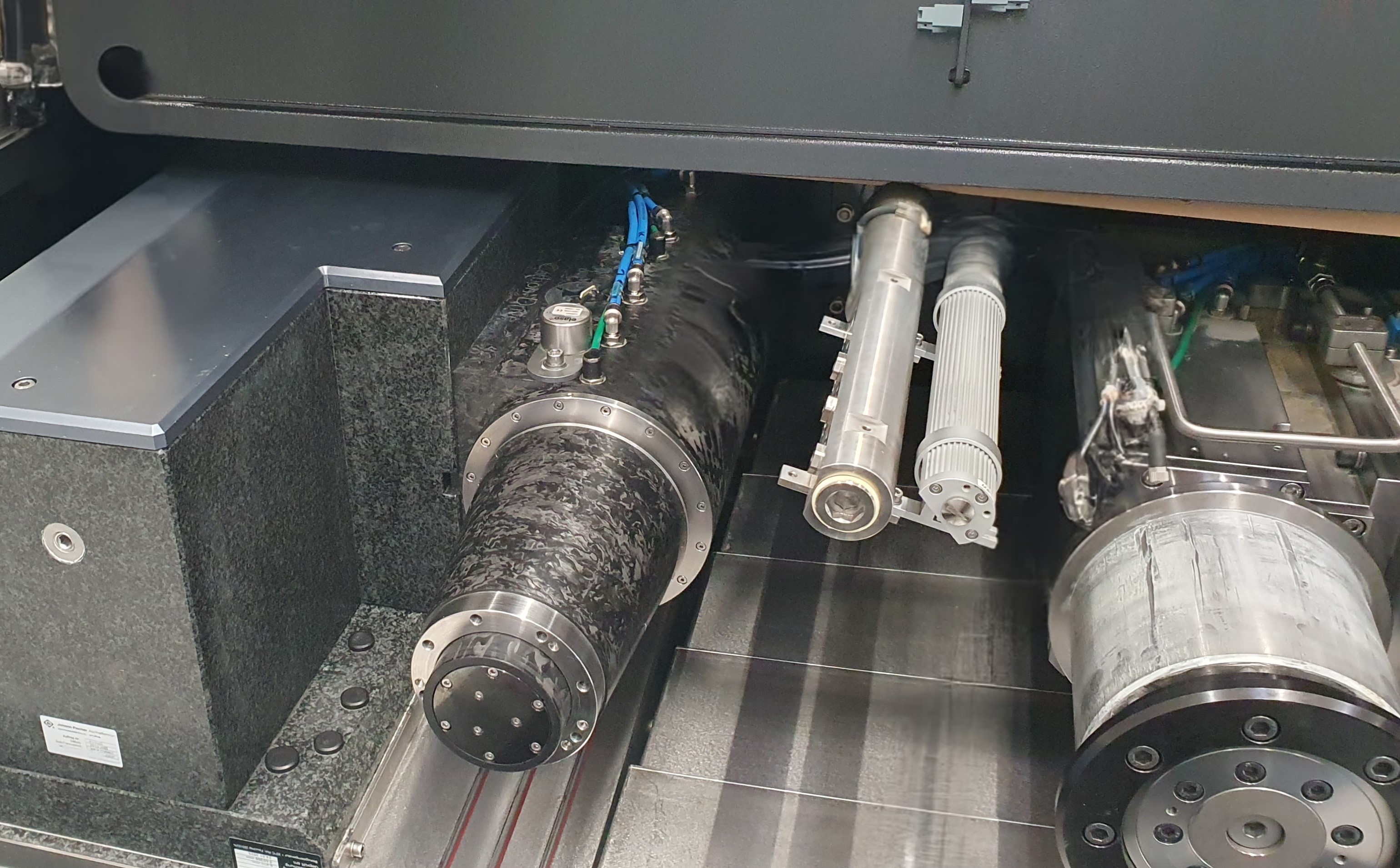
"The high grinding quality with full grinding gap coverage was already a quality feature of our machines. With the carbon spindles, we are further optimizing this aspect and pushing it to the maximum," added Tschudin. The introduction of carbon spindles, explains Mr. Tschudin, is the final step in a decades-long development process. Tschudin has been using linear motors for 30 years. More than 25 years ago, machine beds made of solid natural granite were used, which only heat up extremely slowly due to their large dimensions and inertia. In a further step, the grinding spindle slides were also designed as granite blocks - the vertical stop surface for the spindles led to a drastic reduction in heat transfer. On the ecoLine 400, a spindle made of Invar that was implemented ten years ago has ensured a ten percent reduction in heat transfer. The carbon fiber spindles, for which Tschudin has applied for a patent, have now reduced the heat transfer to an absolute minimum.
Successful test phase
The carbon fiber spindles developed in collaboration with Carbon-Drive GmbH have been tested and adapted for more than six months - with promising results.
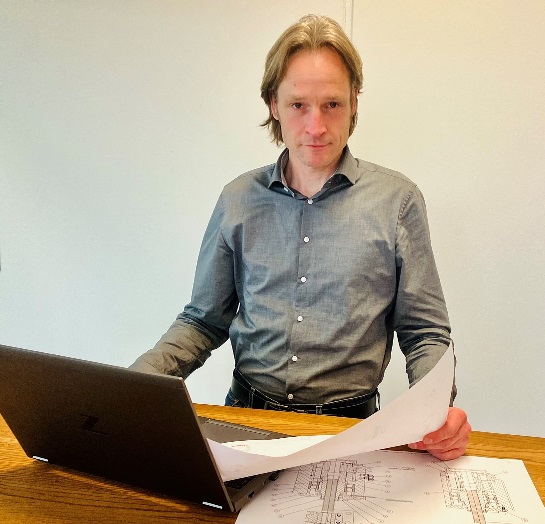
"How materials react to heat has a major influence on precision manufacturing. The temperature resistance of carbon fiber is particularly high-carbon spindles therefore prevent thermal expansion in the machine. They are more dimensionally stable and have a higher bending stiffness, which means they can run at higher in-feeds, which in turn means higher cutting performance. In a series of tests, the carbon spindles have proven to be between ten to twenty percent more effective than steel spindles," said Nikolas Ernst, Head of Design at TSCHUDIN AG.
Development partner Carbon-Drive
Carbon-Drive GmbH, based in Weiterstadt, in Germany, is TSCHUDIN's expert and exclusive development and design partner for carbon fiber spindles in the centerless grinding sector. Carbon-Drive emerged from a research project at the Technical University of Darmstadt.
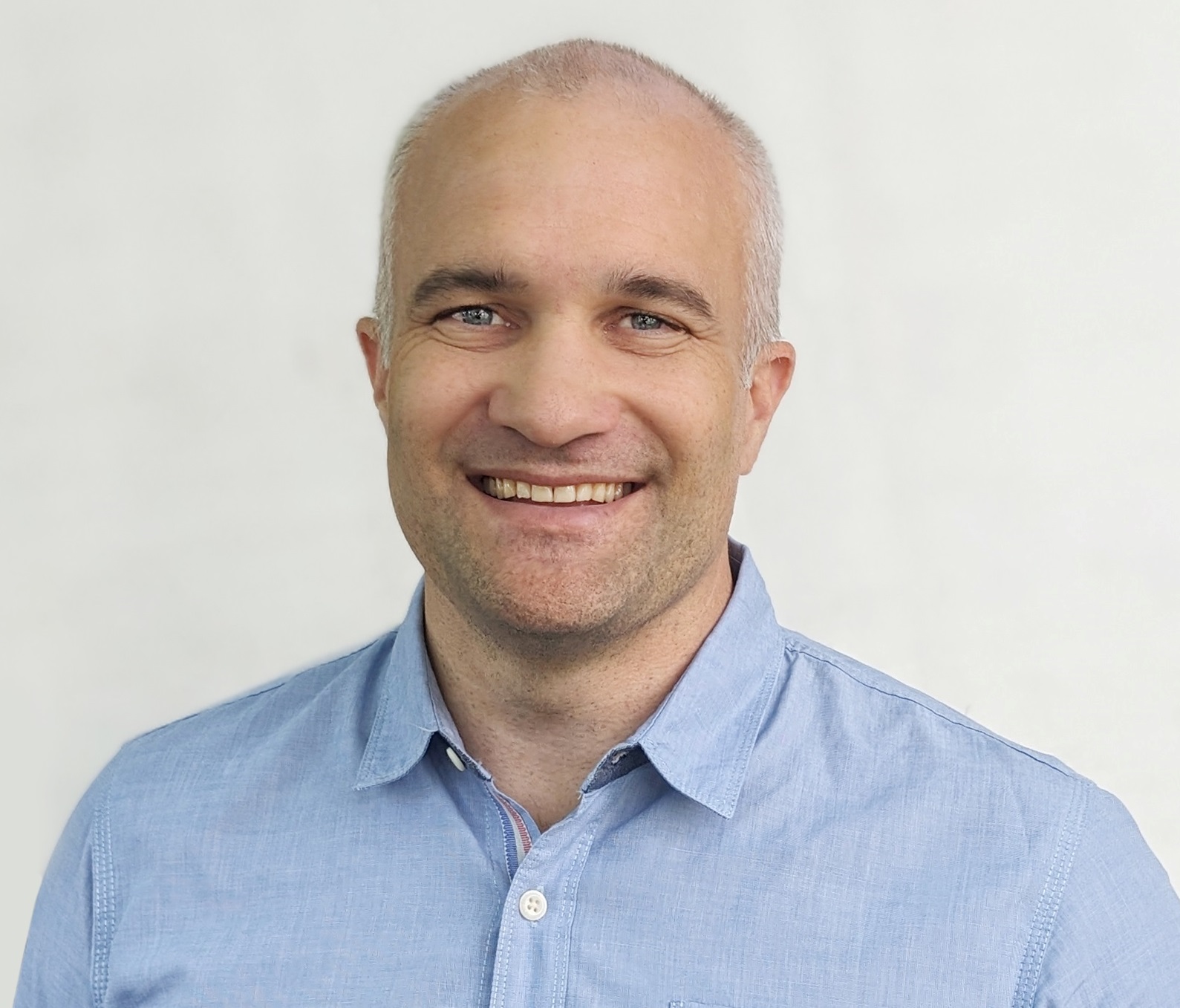
Co-founder and Managing Director Dr.-Ing. Martin Klimach explains, "Spindles made of carbon fiber have various advantages, first and foremost minimal thermal expansion. Depending on the type of fiber and fiber orientation, we can produce carbon fiber spindles with different properties and thus respond to a customers' process requirements."
Urs Tschudin and Klimach met at an industry event in 2019. At the time, Carbon-Drive GmbH was already working on milling spindles made from carbon fiber. The idea of using carbon fiber spindles in the grinding sector was one that both experts couldn't let go of. No sooner said than done: the first spindle was ready at the end of 2023 and has been tested and refined ever since.
Nikolas Ernst said, "Every development process is complex. The established manufacturers know steel inside out, all processes are designed for steel.
However, we are convinced that carbon fiber spindles offer essential added value due to their physical properties and will also be attractively priced."
For the highest quality requirements Urs Tschudin explains that the CUBE 350 equipped with carbon fiber spindles is particularly interesting for manufacturers who have the highest demands in terms of quality and precision.
"The more precisely parts have to be manufactured, the more interesting the grinding machine with optimum heat transfer becomes. This is because we can offer real added value here thanks to the greater dimensional stability and higher drive power."
The TSCHUDIN CUBE 350 is the latest Tschudin centerless grinding machine that is designed to produce parts up to 20mm in diameter and to plunge grind parts up to 150mm long. It is also equally adept and thorough feed grinding of parts. It can be equipped with various automatic loading options and pre and/or post-process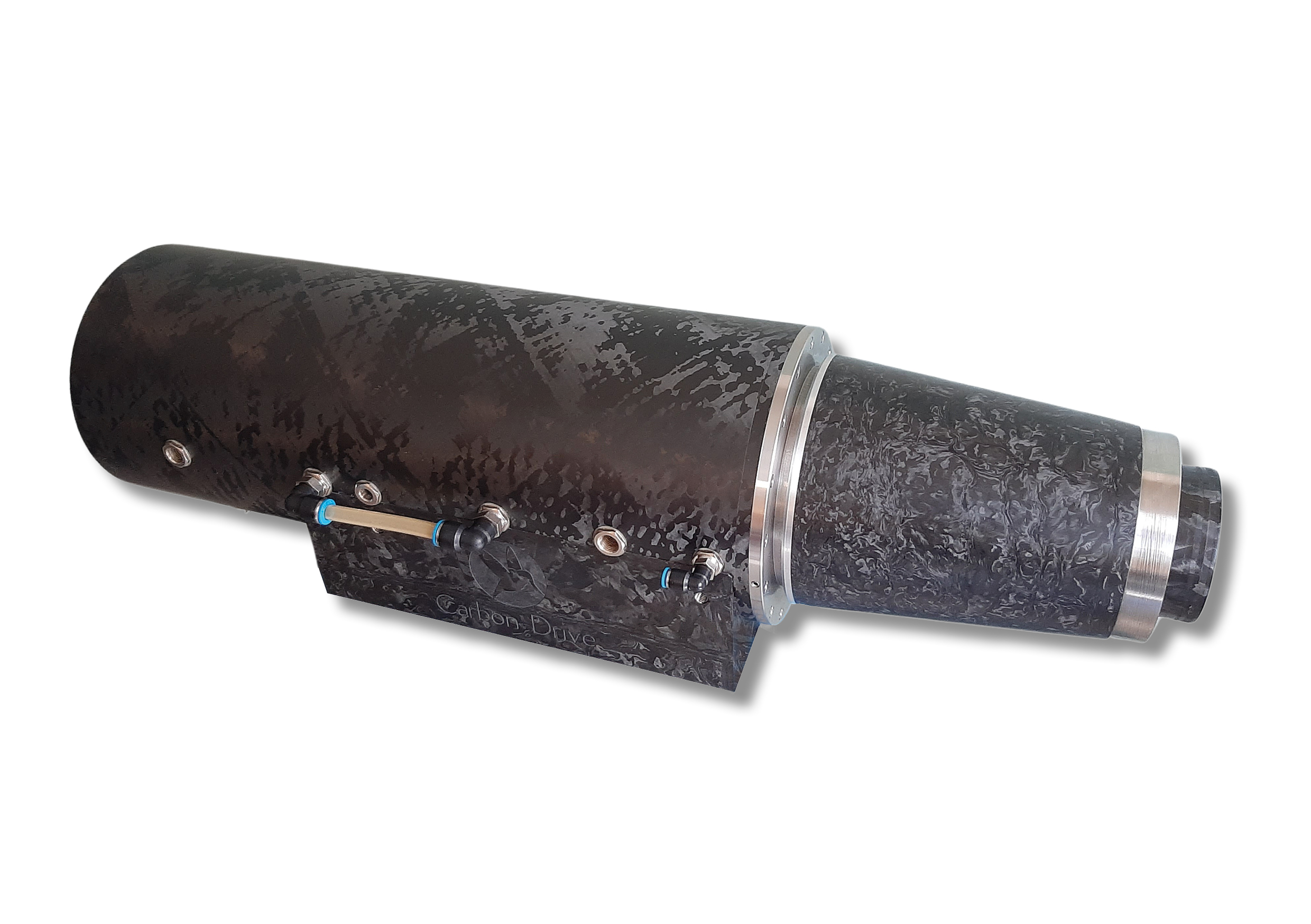 gauging. It offers the best possible efficiency with a small footprint.
gauging. It offers the best possible efficiency with a small footprint.
The changeover time is reminiscent of a pit stop in Formula 1: The change of the grinding and regulating wheels can be done in just six minutes and the next series of workpieces can then be produced seamlessly. The compact centerless grinding machine has a base of just 2.60 m x 1.70 meters and has been developed specially for machining small components. Its ergonomic design is unique, and the machine can be operated from both the left and the right side.
The standard version of the CUBE 350 will continue to be equipped with steel spindles. The carbon spindles are available as an option.
Related Glossary Terms
- centerless grinding
centerless grinding
Grinding operation in which the workpiece rests on a knife-edge support, rotates through contact with a regulating or feed wheel and is ground by a grinding wheel. This method allows grinding long, thin parts without steady rests; also lessens taper problems. Opposite of cylindrical grinding. See cylindrical grinding; grinding.
- cylindrical grinding
cylindrical grinding
Grinding operation in which the workpiece is rotated around a fixed axis while the grinding wheel is fed into the outside surface in controlled relation to the axis of rotation. The workpiece is usually cylindrical, but it may be tapered or curvilinear in profile. See centerless grinding; grinding.
- feed
feed
Rate of change of position of the tool as a whole, relative to the workpiece while cutting.
- gang cutting ( milling)
gang cutting ( milling)
Machining with several cutters mounted on a single arbor, generally for simultaneous cutting.
- grinding
grinding
Machining operation in which material is removed from the workpiece by a powered abrasive wheel, stone, belt, paste, sheet, compound, slurry, etc. Takes various forms: surface grinding (creates flat and/or squared surfaces); cylindrical grinding (for external cylindrical and tapered shapes, fillets, undercuts, etc.); centerless grinding; chamfering; thread and form grinding; tool and cutter grinding; offhand grinding; lapping and polishing (grinding with extremely fine grits to create ultrasmooth surfaces); honing; and disc grinding.
- grinding machine
grinding machine
Powers a grinding wheel or other abrasive tool for the purpose of removing metal and finishing workpieces to close tolerances. Provides smooth, square, parallel and accurate workpiece surfaces. When ultrasmooth surfaces and finishes on the order of microns are required, lapping and honing machines (precision grinders that run abrasives with extremely fine, uniform grits) are used. In its “finishing” role, the grinder is perhaps the most widely used machine tool. Various styles are available: bench and pedestal grinders for sharpening lathe bits and drills; surface grinders for producing square, parallel, smooth and accurate parts; cylindrical and centerless grinders; center-hole grinders; form grinders; facemill and endmill grinders; gear-cutting grinders; jig grinders; abrasive belt (backstand, swing-frame, belt-roll) grinders; tool and cutter grinders for sharpening and resharpening cutting tools; carbide grinders; hand-held die grinders; and abrasive cutoff saws.
- grinding wheel
grinding wheel
Wheel formed from abrasive material mixed in a suitable matrix. Takes a variety of shapes but falls into two basic categories: one that cuts on its periphery, as in reciprocating grinding, and one that cuts on its side or face, as in tool and cutter grinding.
- milling
milling
Machining operation in which metal or other material is removed by applying power to a rotating cutter. In vertical milling, the cutting tool is mounted vertically on the spindle. In horizontal milling, the cutting tool is mounted horizontally, either directly on the spindle or on an arbor. Horizontal milling is further broken down into conventional milling, where the cutter rotates opposite the direction of feed, or “up” into the workpiece; and climb milling, where the cutter rotates in the direction of feed, or “down” into the workpiece. Milling operations include plane or surface milling, endmilling, facemilling, angle milling, form milling and profiling.
- parallel
parallel
Strip or block of precision-ground stock used to elevate a workpiece, while keeping it parallel to the worktable, to prevent cutter/table contact.
- stiffness
stiffness
1. Ability of a material or part to resist elastic deflection. 2. The rate of stress with respect to strain; the greater the stress required to produce a given strain, the stiffer the material is said to be. See dynamic stiffness; static stiffness.






